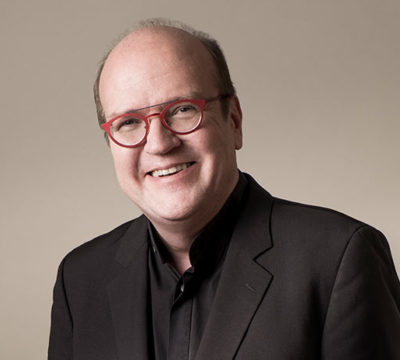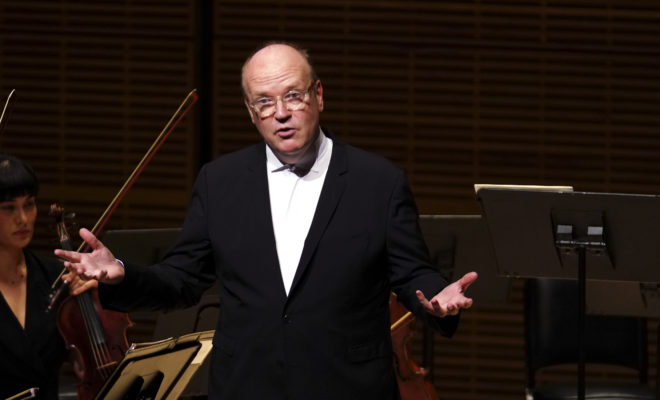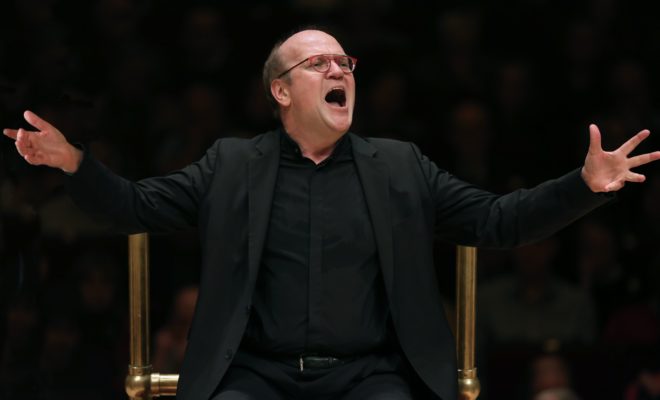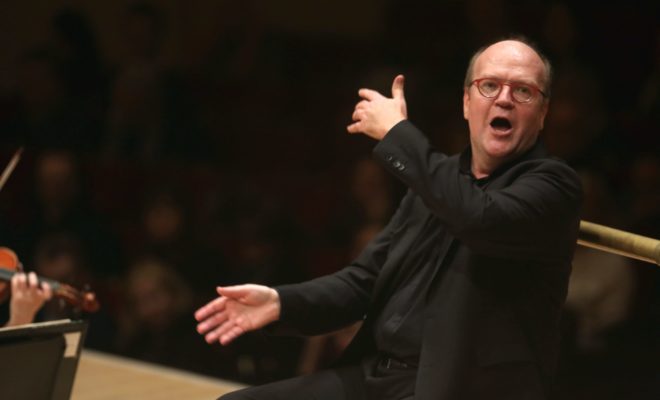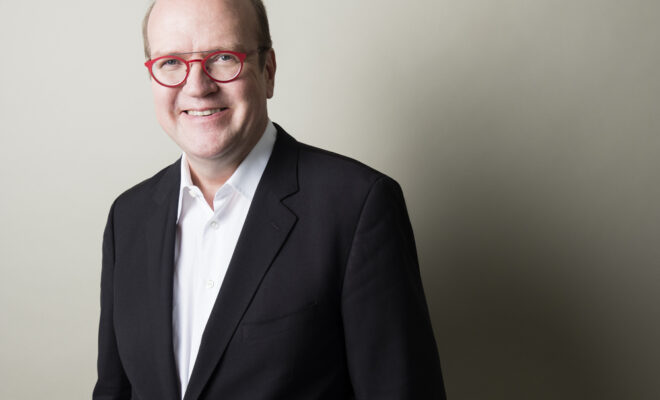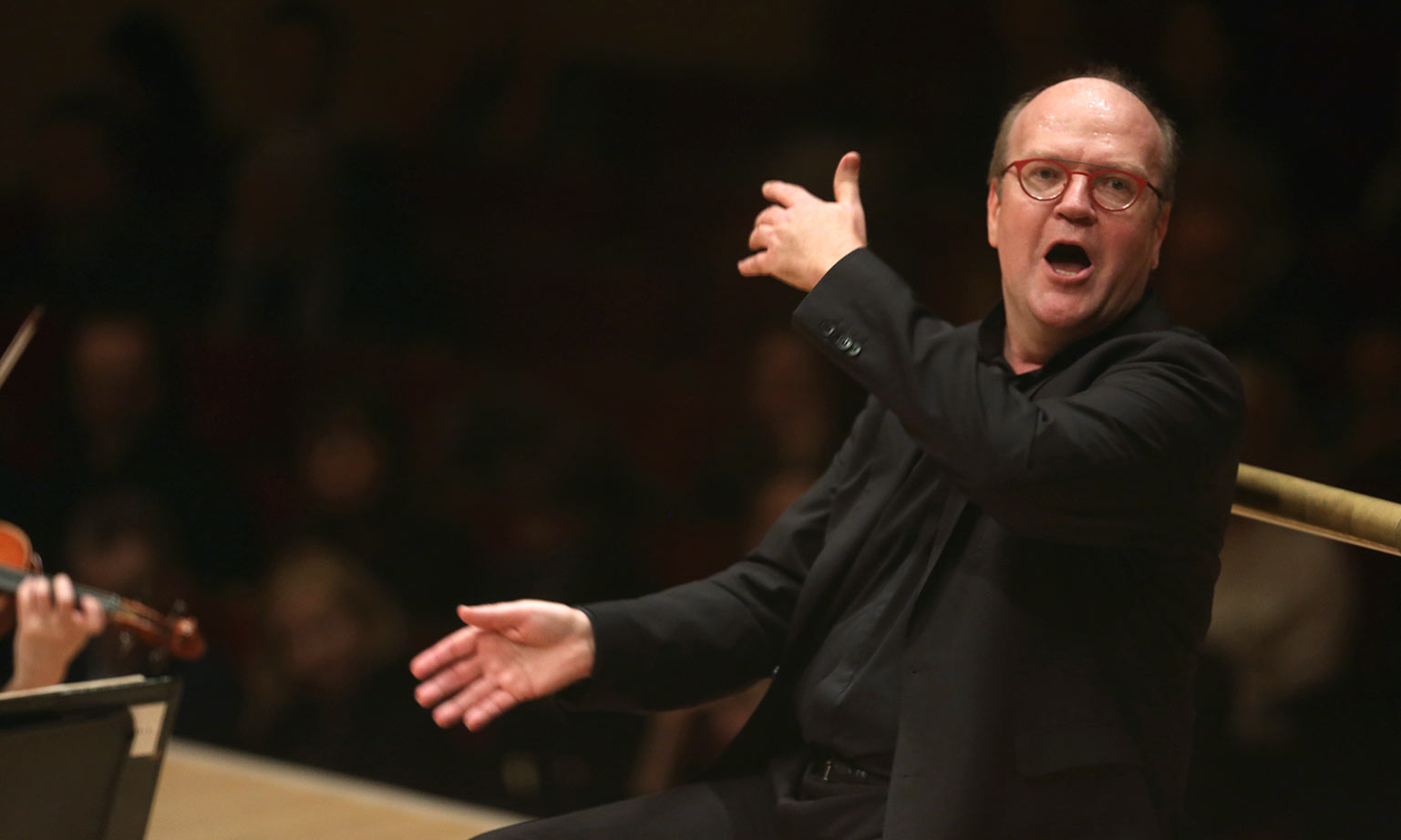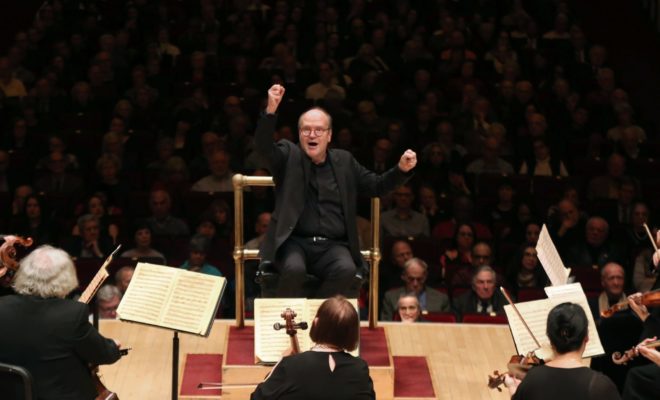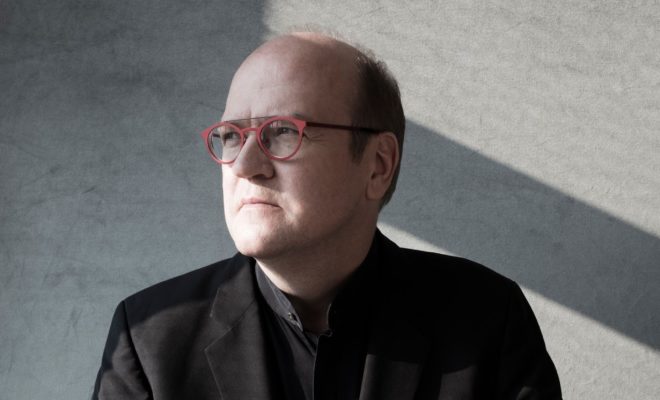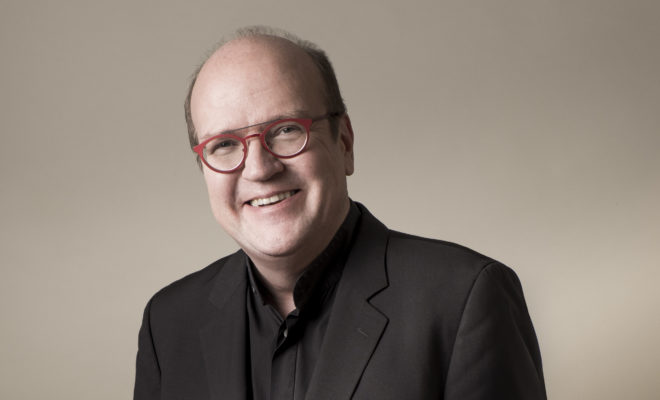We see it in times of anxiety: music is one of the first sources of comfort sought by everyone. Feelings expressed by music sometimes resonate with our own, and lift up our spirits by providing solace and consolation.
It is hard for us to understand that in the first half of the 18th century, there was no connection between a composer’s actual feelings at the moment of composition and the musical work he was producing. Music was indeed a theater of passions, but it was not intended as a mirror or a reflection of the artist’s own sentiments at the moment of creation.
The concept of expressing one’s own feelings in music appeared with Bach’s second son, Carl Philipp Emmanuel, whose Empfindsamer Stil (“sensitive style”) sparked an important revolution in the musical world: from then on a musician could not only express emotions and passions, but he or she had to feel these emotions as well in order to express them properly. Without feeling from the performer there was no proper execution. For the first time a clear and direct emotional channel was linking the composer and/or performer to the listener, without God or a monarch being necessarily involved in the process.
Today that connection seems obvious: we say that an instrumentalist plays “his heart out”, that a wonderful soprano “sings with her guts”…
Emotions and passions are everywhere in baroque music, but they are simply not the emotions felt by the composer at the time of composition. There was a mental disconnection that came with the purpose of music in society, which was either to entertain, glorify, enlighten or teach (sometimes a combination thereof). All these functions naturally required the capacity to express a wide range of emotions and passions; the listener however was not interested in the artist’s own.
The utter melancholy of the final chorus of the St. John Passion or the irrepressible joy of the opening chorus of the Christmas Oratorio do not reflect Bach’s own feelings at the moment of composition; they are triggered by the function of the music. His capacity to express these emotions is of course rooted in his own human experience, but they are not a reflection of his state of mind at a specific moment.
Today, after almost three centuries of artists conspicuously pouring their own existential sufferings into their works (be it Tchaikovsky’s inner conflict about his own sexuality or van Gogh’s propensity to self-mutilation), our mind can intellectually understand the concept of emotional distance between creator and creation, but our soul and heart have a hard time dealing with it…
With that in mind, many people have tried over the years to find such connections between Bach’s private life and his music, looking for that specific point in time when he actually “broke the rule” and expressed his own personal feelings in his works. The fact that we know very little about his personal life doesn’t help us tracking that elusive moment.
There is actually one point in time which has attracted many musicians’ attention, a moment associated with one of Bach’s most traumatic personal experiences: upon his return to Köthen after having accompanied his boss Leopold at the spa in Carlsbad in July 1720, he learned that his beloved wife Maria Barbara, whom he had left in perfect health at the moment of his departure one month earlier, had passed away and had already been buried.
The emotional effect on the thirty-five-year-old composer can only have been devastating. And yet we know very little about how Bach dealt with that blow, except that he remarried seventeen months later – something naturally expected at that time for the young father of an already large family.
1720 is also the year when Bach copied in his own hand what is now known as the six sonatas and partitas for solo violin BWV 1001-1006. This collection was intended as the first volume of a series probably meant to include among others the six suites for solo cello, although evidence of that is lacking in the sources for the latter works.
Two things are unusual in Bach’s manuscript. First, the frontpage is dated “1720” by the composer himself – something that he as a rule never did. Second, Bach’s title is written as follows: Sei Solo a Violino senza Basso accompagnato (“Six solos for violin without accompanying bass”).
Bach’s knowledge of the Italian language is not well documented, but we have reasons to believe it was minimal; the musical terms however were obviously well-known to him. Italian speakers among you have immediately spotted a mistake in Bach’s title: it should read sei soli (soli being the plural form of solo).
But sei solo happens to mean “you are alone” in Italian… Was Bach sending an encrypted message of grief following the sudden departure of his wife? The fact that the first movement of the collection is a heart-wrenching adagio in G minor (sol minore in Italian – “sol” as in “solo”…) only adds an extra layer of mystery for the people who want to read more into it.
Sei solo could also mean that the performer stands “alone” figuratively – that is, playing without continuo accompaniment – in front of the extreme and unprecedented technical demands of this music.
Experts of the Italian language might discuss the question of the plural of the word “solo” in that context. Bach scholars for sure do not buy any of these theories, which have been mostly disseminated by performers. I remember a masterclass by Andrew Manze at the Domaine Forget some twenty years ago when he explained the theory of a personal connection between the opening adagio of the first sonata and the events in Bach’s life in 1720. Everyone in attendance marveled at that idea when he so beautifully played the beginning of the piece afterwards… It seemed to make so much sense from the point of view of our modern sensibility.
You can choose to believe it or not.
Why don’t you give it a listen and make up your mind?
While doing so you can always meditate on the old Italian expression: se non è vero, è ben trovato. (“If it’s not true, it’s well conceived.”) How appropriate. Remember however that the person who wrote these words of wisdom (the Dominican friar and philosopher Giordano Bruno, 1548-1600) was tried for heresy by the Catholic Church.
Hopefully the Church of Musicology will show more benevolence towards you.
Program
Johann Sebastian Bach
Sonata No. 1 in G Minor BWV 1001: I. Adagio
